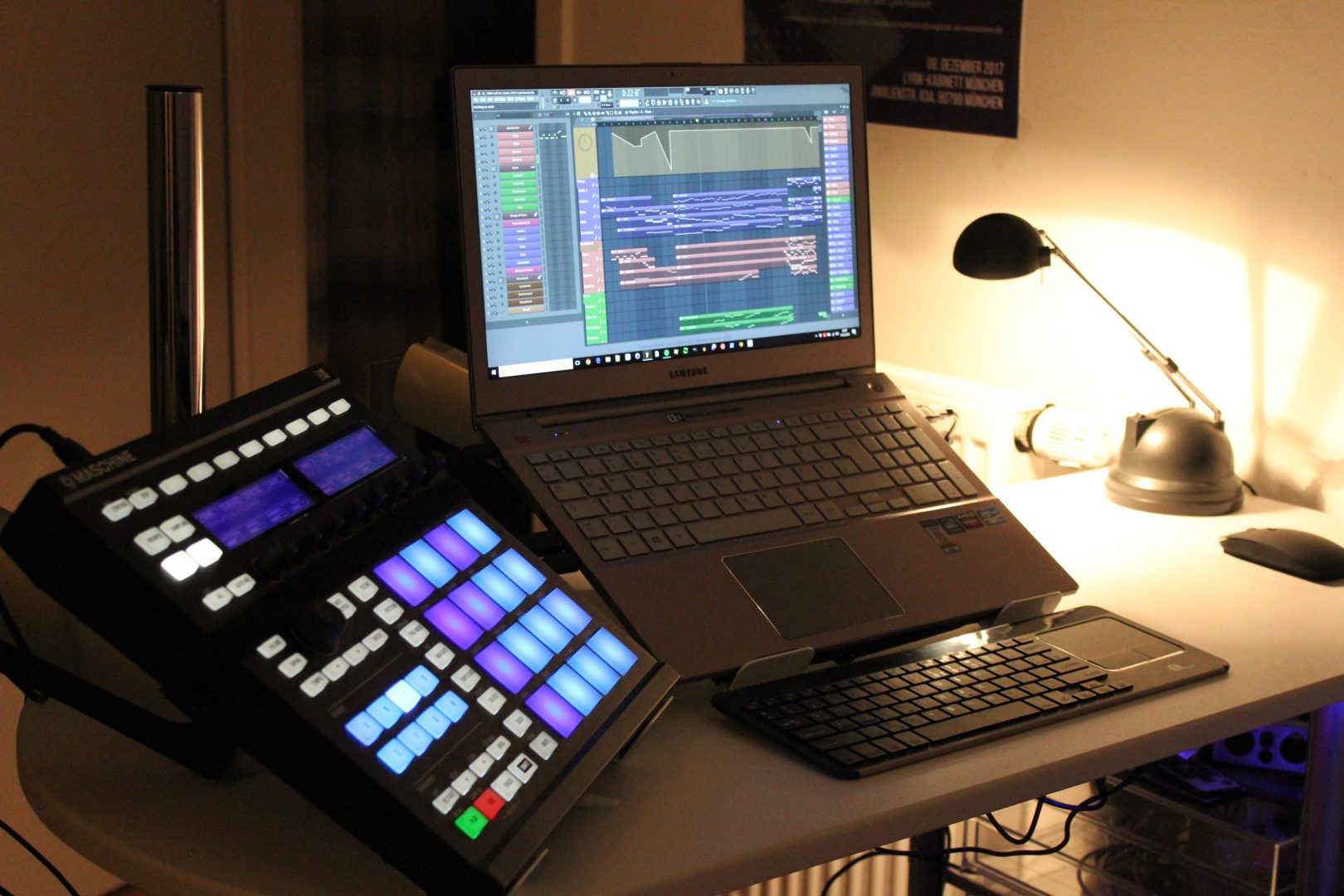After hearing a lot about the online course “Cinematic Music: From Idea to Finished Recording” I finally decided to spend some money and attend it. And indeed I was not disappointed. The course contains so many information and is so hands-on, that it has the potential to bring my whole workflow up to a more professional level.
My very first achievement here is, that I restructured my FL Studio template. This was necessary anyway, since FL Studio evolved, and other composers seem to do this on a regular basis anyway – Tom Holkenborg for instance created 5 episodes on this on Youtube. In my case I split the “playground area”, that I had in my former template, into 8 track:
- Melody
- Countermelody
- Harmony
- Ostinato
- Fillers
- Rythm
- Athmospheres
- Sounddesign

The reason for this is my new workflow (which is my second big achievement):
- Scratch down the musical idea into the various playground tracks. Multiple instruments per track/pattern are allowed. Expression/Modwheel automation in this stage is not recommended. Quantization should be used, because during this stage rearranging might happen multiple times.
- (Optional) Use the “orchestration form” proposed in the Evenant course to plan the orchestration.
- Split the playground patterns into one pattern per channel. This will become handy in the next step.
- Clone the playground patterns in order to move it to their final (haha!) track. Use the auto renaming feature, and make instrument-specific modifications.
Here a little track I composed using this workflow (unmixed). Actually I do not like it very much, but it has been composed using my new template and the workflow I came up with. And it turns out to work.

